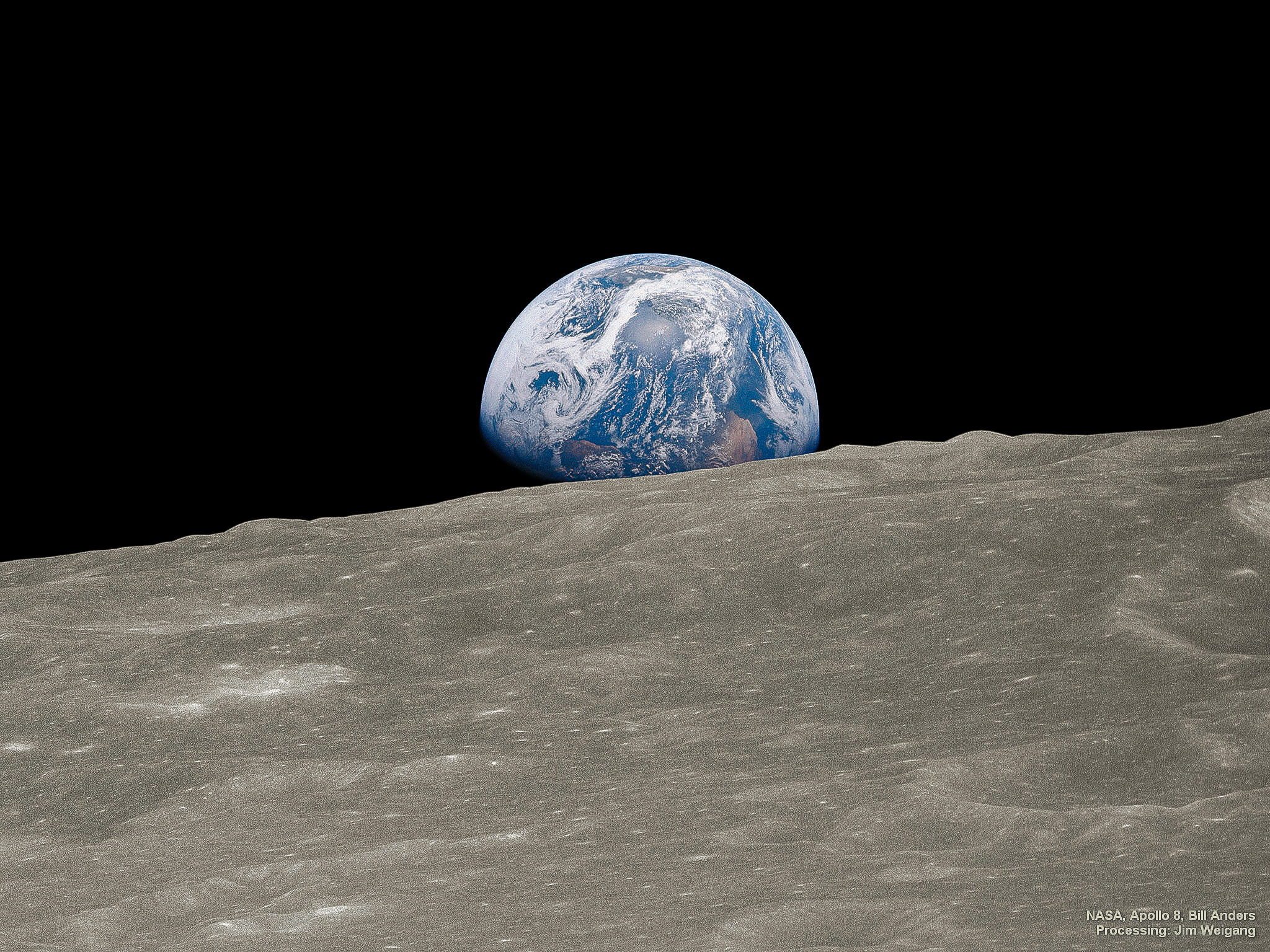Nikon F & Nikon F2: the first pro-spec 35mm SLRs to be backed by extensive systems of lenses and accessories
The Nikon F and F2 legitimized the 35mm film format for working photographers, creating the first pro-level body supported by an extensive system of lenses and accessories.
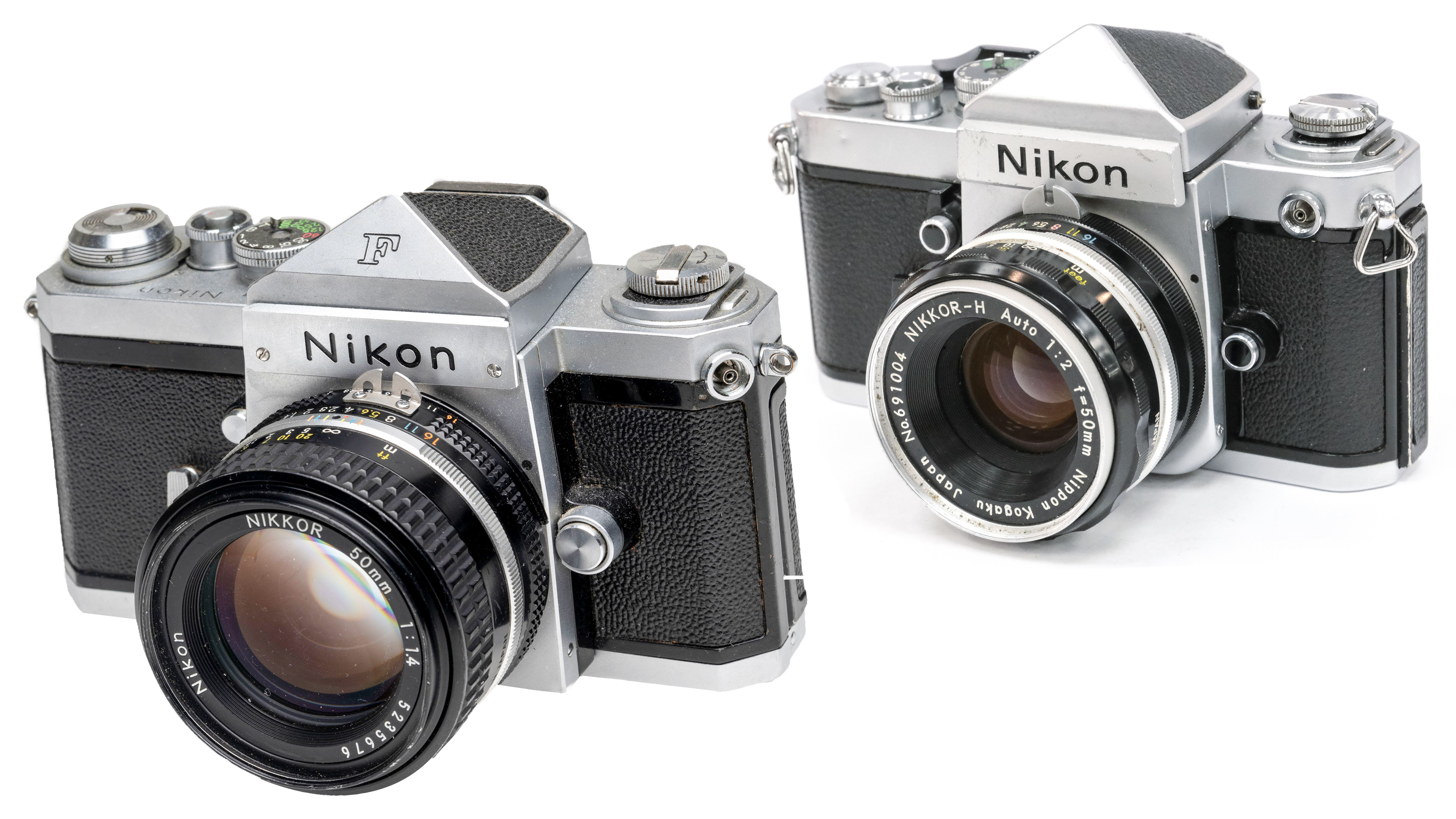
While Leica gave the 35mm film format some respectability during the 1930a, 40s and 50s with its rangefinder cameras, it still wasn’t really considered a serious tool for the working photographer. A few adventurous souls had adopted the 35mm rangefinder camera for its compact size and speed of use, but beyond photojournalism, the professional scene was dominated mainly by rollfilm cameras – such as the twin lens reflexes (TLRS) – or large format cameras, either for the studio or the field.
Prior to 1959, the 35mm SLR was primarily considered an amateur’s camera and, frankly, the existing models really didn’t offer the same degree of flexibility as the larger format equipment. Nikon started making 35mm cameras in 1948 (although the company’s history in optics dates back to 1917), and these were S series rangefinder models which established the company’s reputation for well-featured and well-made products. The line culminated in the SP (the ‘P’ is generally accepted to stand for ‘professional’), which had a titanium-bladed shutter with a top speed of 1/1000 second and it could be fitted with a battery-powered motordrive, enabling film advance at up to three frames per second. Launched in 1957, the SP was very popular with photojournalists and went to war with a number of famous names, establishing Nikon’s credentials as a maker of professional-grade cameras. The next step was obvious... an SLR.
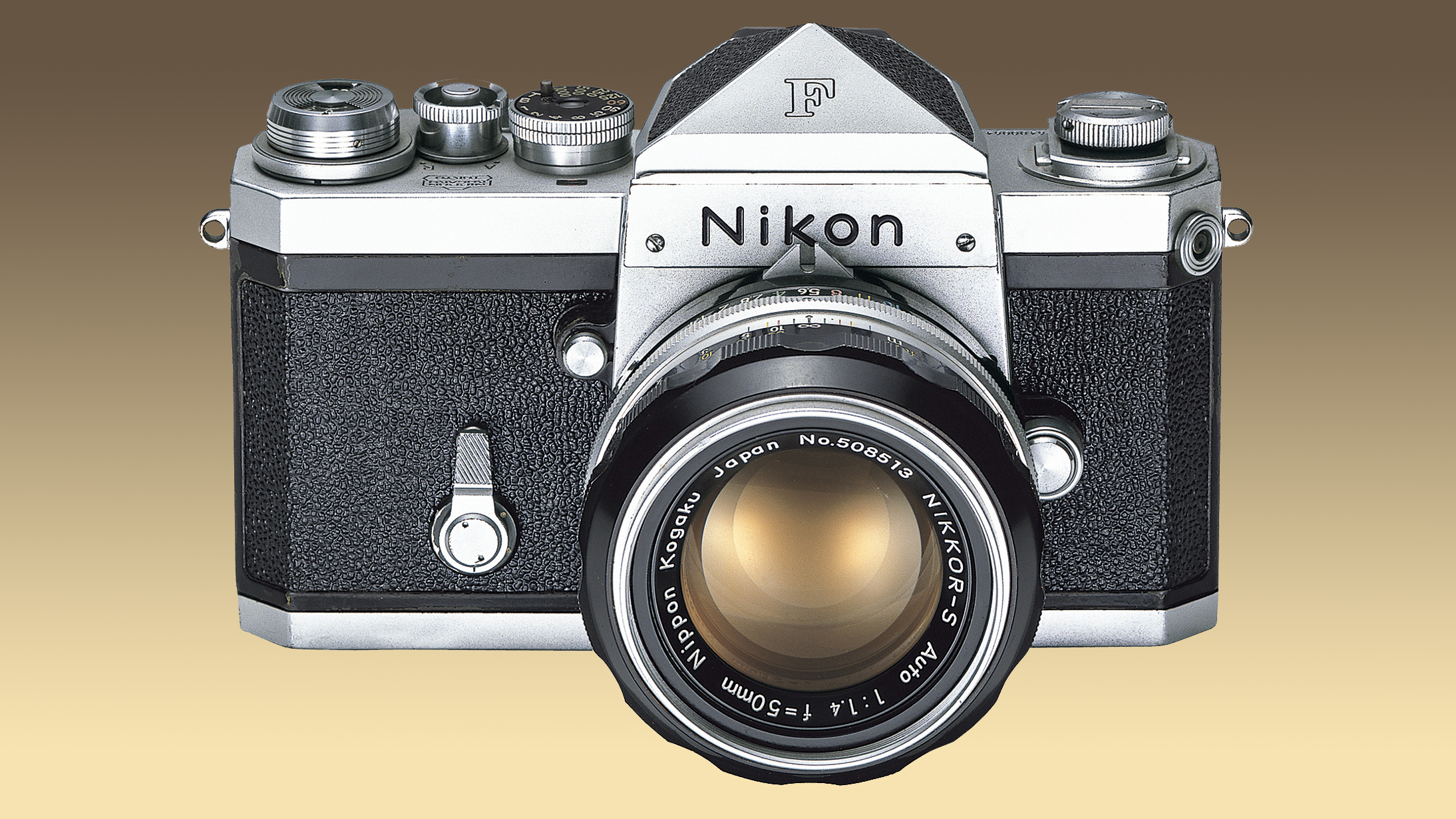
The Nikon F was launched in April 1959 and was essentially an SP with a prism finder, but it represented a number of important developments which were to set the stand-ard for professional 35mm SLRs and even SLR design in general.
Nikon broke ranks with the ‘universal’ M42 screwthread lens mount in favor of an exclusive bayonet design, making changing lenses faster, easier, and safer. Importantly, too, the F-type bayonet allowed a more complex interface between the camera body and the lenses, which would be important in the future.
Designed right from the outset for professional use, the Nikon F had a rugged diecast aluminum body with brass covers, a titanium shutter, and interchangeable viewfinders. The features list included depth-of-field preview, mirror lock-up and provisions for fitting a 4.0 fps motordrive (derived from the SP’s unit) which was an important ‘first’. The F was also the first 35mm SLR to give a full 100 percent frame coverage in the viewfinder.
Nikon gave owners of its new SLR an extensive choice of lenses including the first ultra wide-angle, a 21mm f/4.0, and at the opposite end of the focal range, a 1000mm f/6.3 mirror-type supertelephoto. There was also an 85-250mm f/4.5 zoom and during the early 1960s, Nikon quickly created a system of over 40 lenses which spanned 6mm to 2000mm. In addition to the lenses, Nikon also built up a system of professional accessories around the F including a bulk-film back (for 250 exposures), all sorts of close-up equipment, and a shoe-mounted flash ‘gun’ which accepted FP, M and MF flash type bulbs (the first Nikon electronic flash didn’t arrive until 1971).
The first metering device for the F employed an external selenium cell, but it coupled directly to both the camera’s shutter speed dial and the lens aperture ring so it was quite convenient to use. In 1962, the first Photomic finder with an integrated exposure meter was introduced, but the sensor (a CdS cell this time) was still external, and the first TTL metering prism appeared in 1965. In 1967, Nikon launched a revised version -- the Photomic TN -- which introduced center-weighted average metering with 60 percent of the measurement concentrated on a 12 mm diameter circle.
Get the Digital Camera World Newsletter
The best camera deals, reviews, product advice, and unmissable photography news, direct to your inbox!
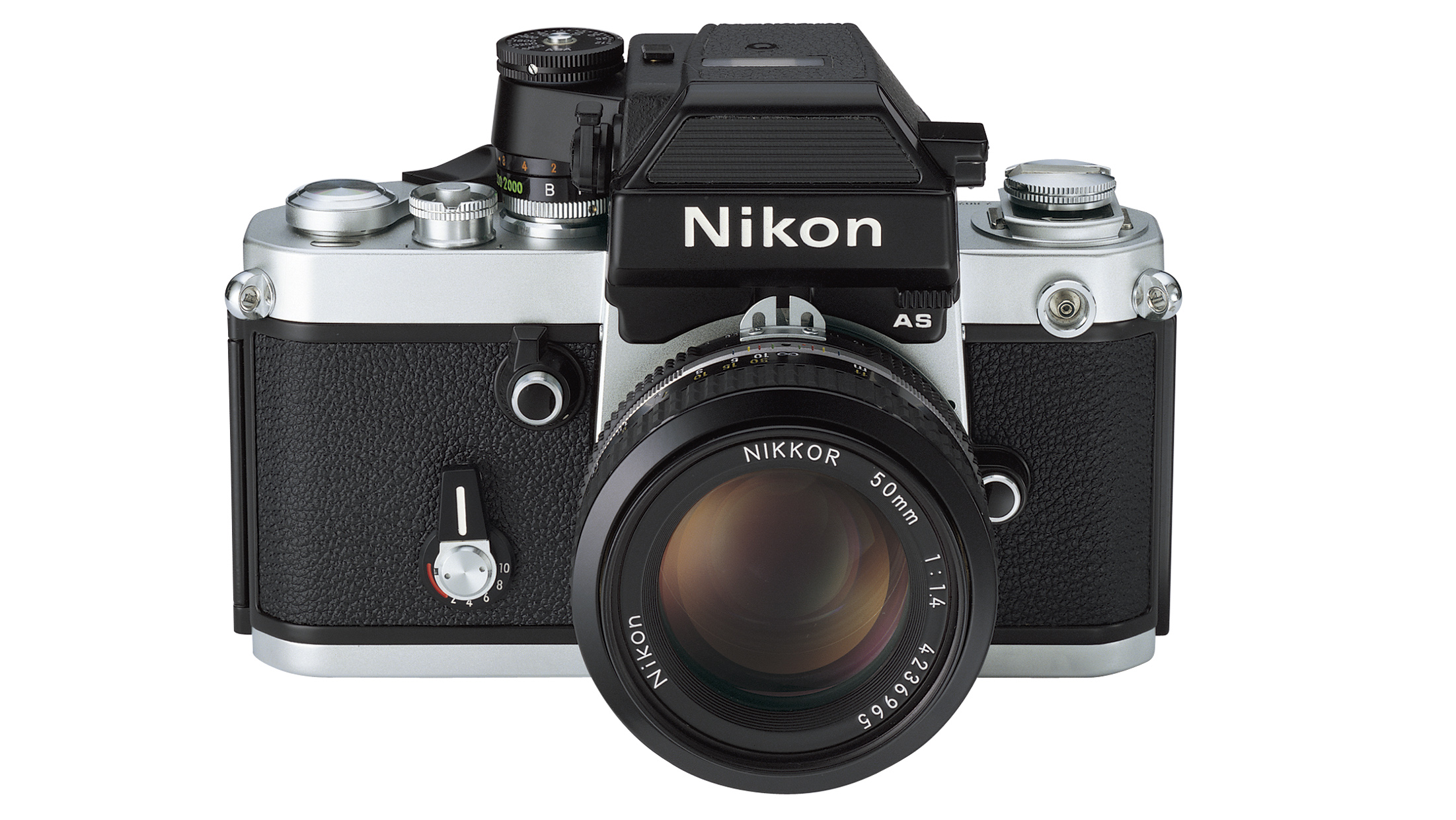
The F soldiered on until August 1971 when it was replaced by the F2, in the same year, incidentally, that Canon launched the first F-1 to begin a rivalry that exists to this day. The F2 was essentially an updated F with a faster, 1/2000 second shutter (and the flash sync raised from 1/60 to 1/80 second) and a conventionally hinged camera back... previously the whole section was detached in a similar style to the Leica rangefinder cameras. The Photomic metering heads for the F2 were powered from the camera body, and five versions were introduced during this model’s lifetime, providing an ever greater degree of exposure control, convenience, and accuracy.
The most important was the DP-11 (1977) –which created the F2A – and introduced Nikon’s automatic maximum aperture indexing system (‘Ai’ for short). Up until then, aperture settings had been relayed to the metering prism via a pin-and-prong coupling arrangement and it was necessary to rotate the aperture ring fully to the right and left after fitting a lens in order to relay the maximum aperture value to the meter. Ai lenses had a cam on the mount which did the job automatically as they were attached to the camera. The ‘ultimate’ F2 was the AS model which was fitted with the DP-12 Photomic finder that used silicon metering cells and had an LED exposure read-out.
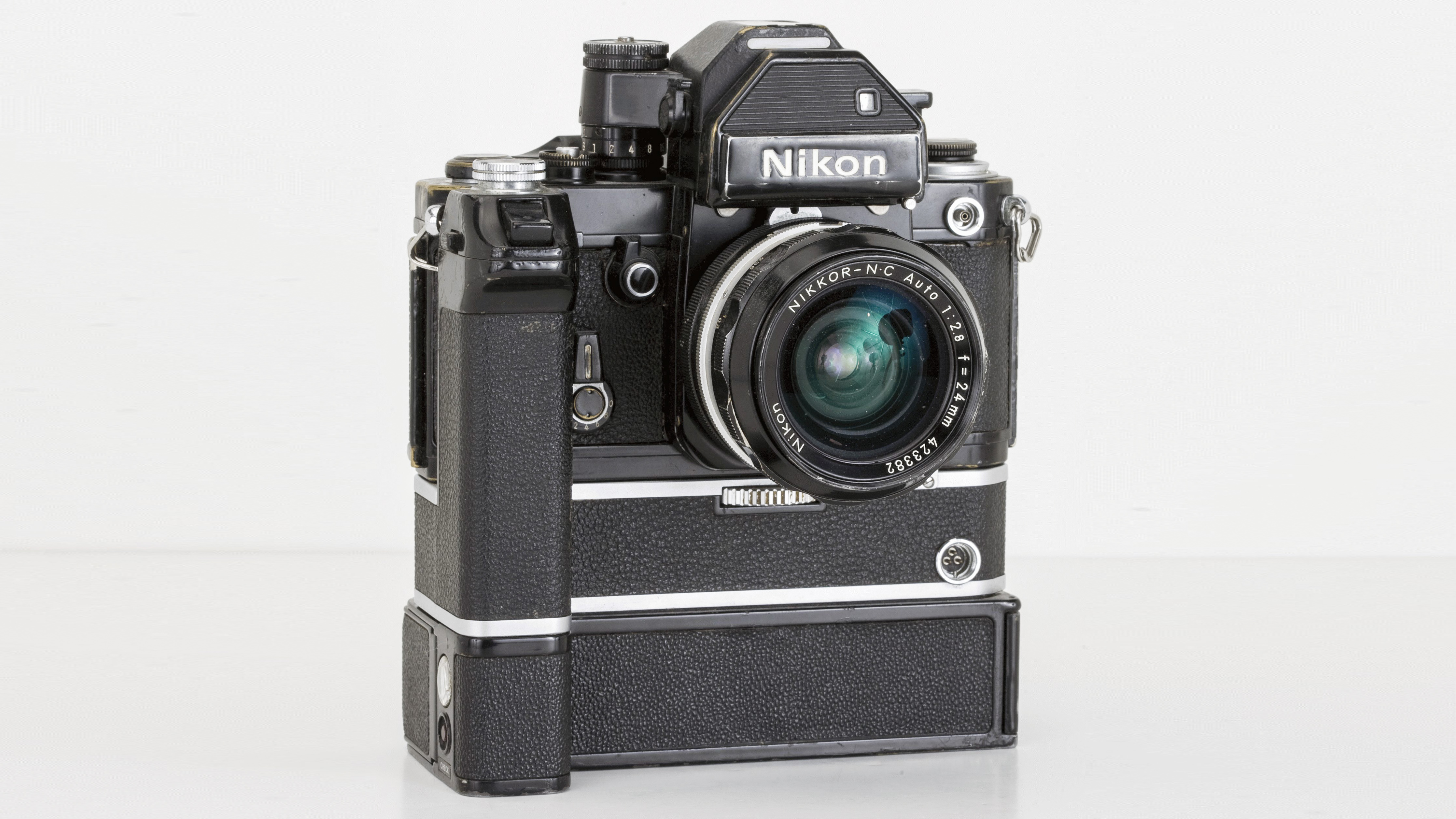
Nikon upped its flagship’s spec in other areas too. The MD-1 motordrive was capable of 5.0 fps and had motorized rewind, plus there was a high-speed version that could crank through ten frames every second. Other special versions included a titanium-bodied model (introduced in 1978 as the F2 Titan) and a data back-equipped camera (the F2 Data). The F2 series continued until 1980, by which time Nikon was the undisputed number one in the professional 35mm SLR market around the world (the F established the marque in the USA and the F2 did the same in Europe).
There’s no doubt that the F and the F2 established all the prerequisites for a top-end 35mm SLR and set the standards for durability, reliability, flexibility, and capability. In the history of photography, their contribution to better picture-taking is unquestionable.
Check out the best film cameras available today, and the best 35mm film to use in them
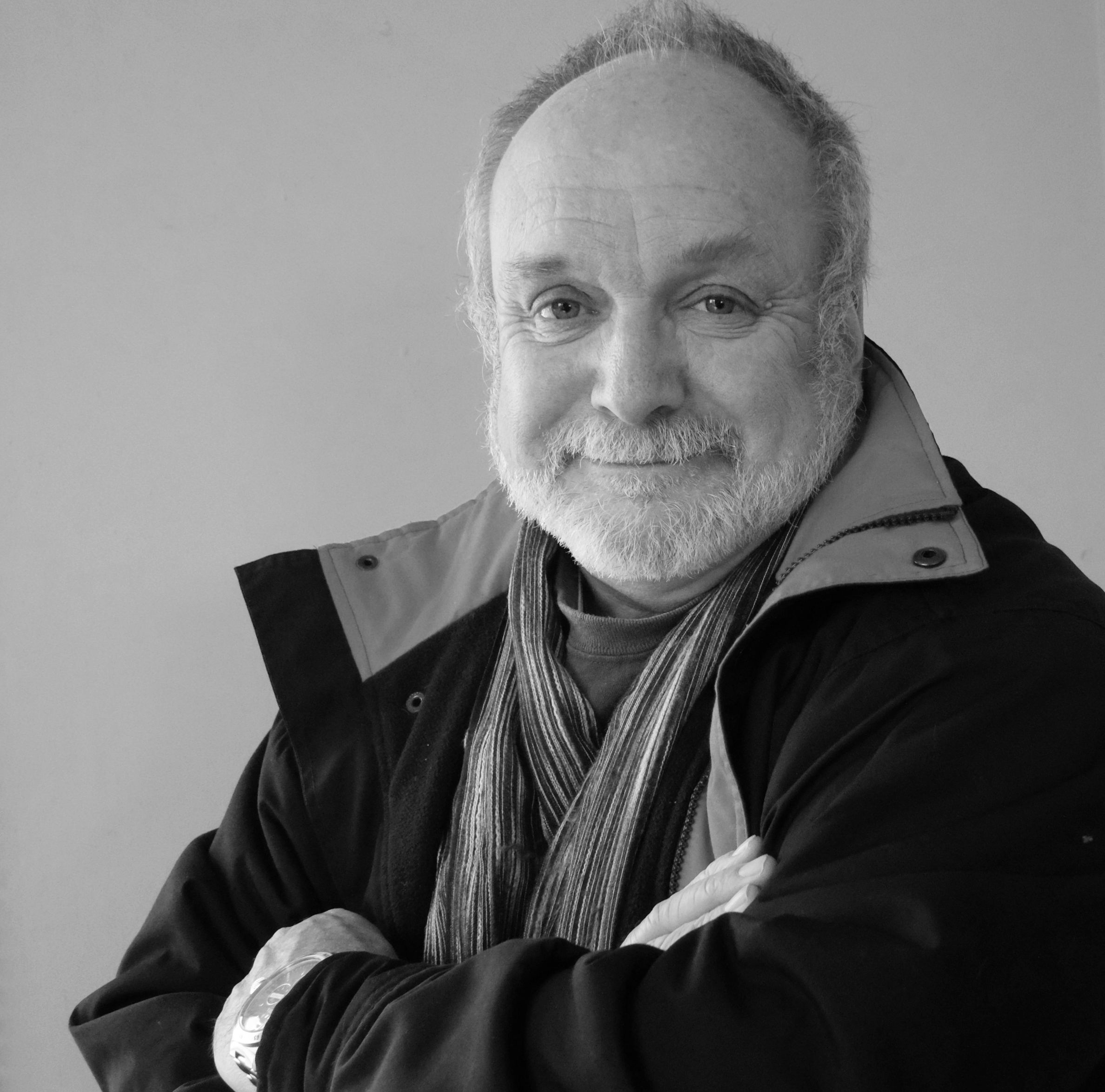
Paul has been writing about cameras, photography and photographers for 40 years. He joined Australian Camera as an editorial assistant in 1982, subsequently becoming the magazine’s technical editor, and has been editor since 1998. He is also the editor of sister publication ProPhoto, a position he has held since 1989. In 2011, Paul was made an Honorary Fellow of the Institute Of Australian Photography (AIPP) in recognition of his long-term contribution to the Australian photo industry. Outside of his magazine work, he is the editor of the Contemporary Photographers: Australia series of monographs which document the lives of Australia’s most important photographers.
